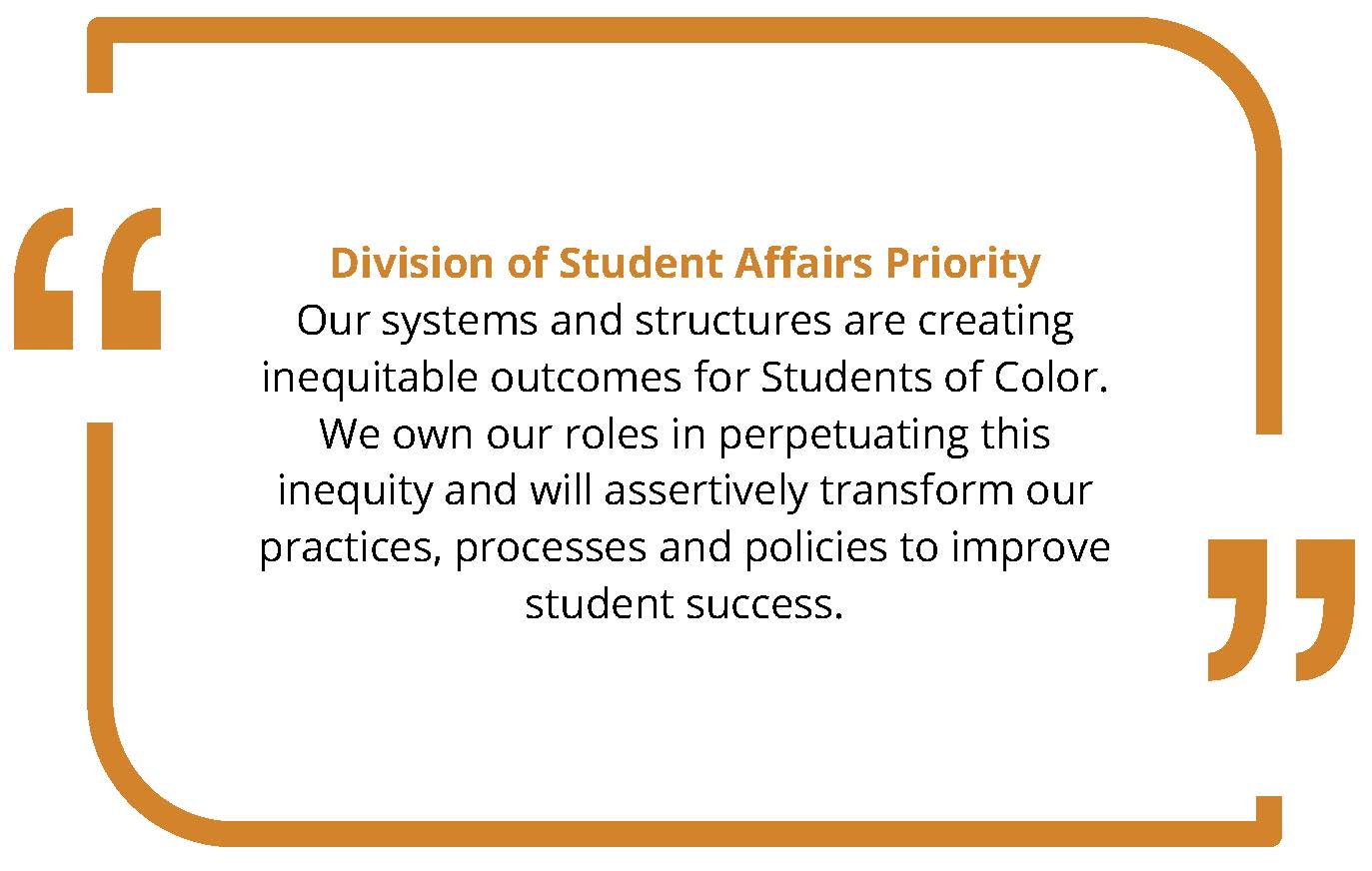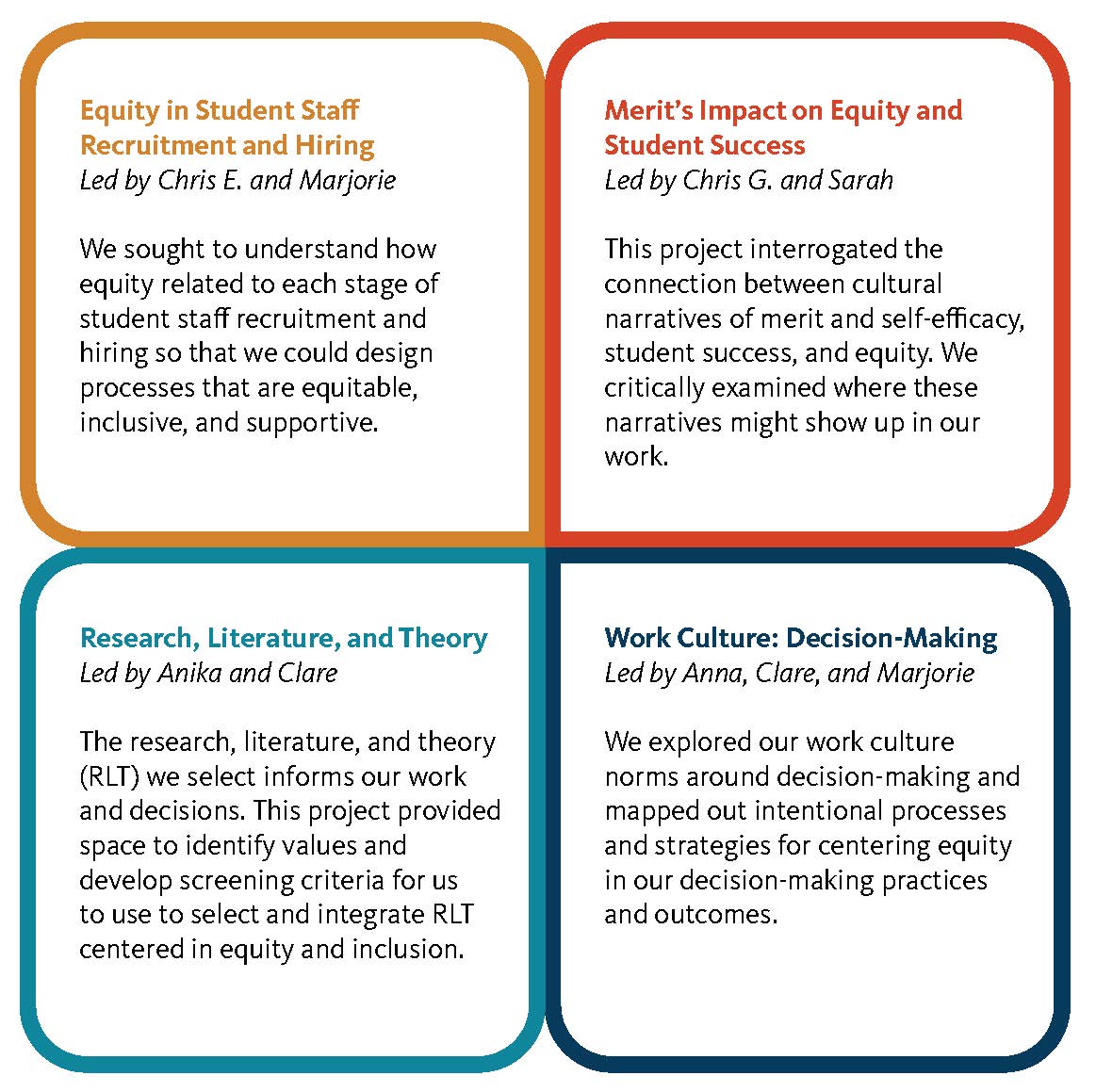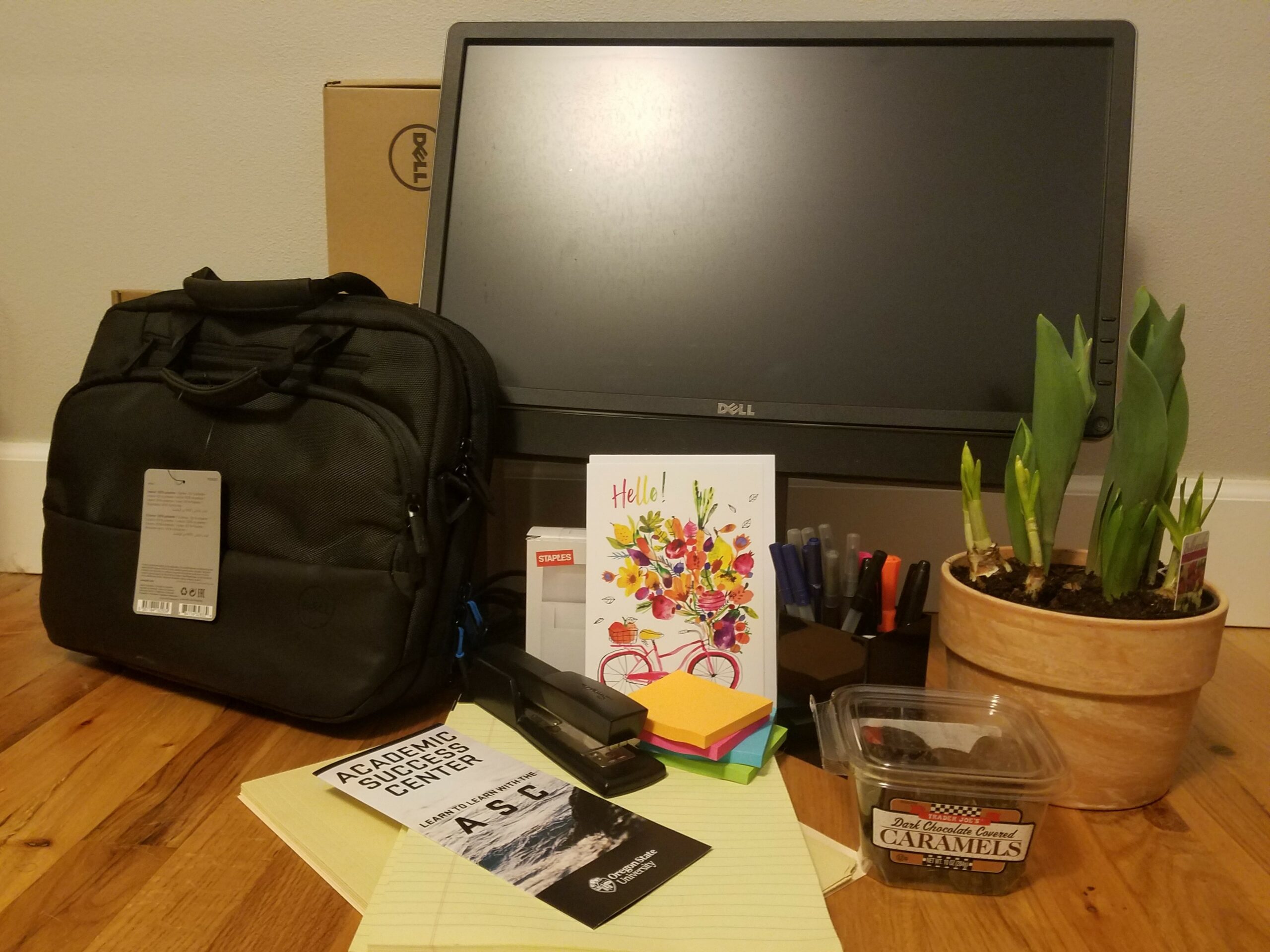by Anna Bentley
I try to create many opportunities to connect with my student employees like informal check-ins, routine structured one-on-ones, and MS Teams chats when working remotely. However, I’m not always immediately available to the students I supervise, so I wanted to find a way to increase meaningful connection and feedback points with each of them asynchronously. That’s why in winter 2024 I implemented a routine written reflection for my student staff to complete.
I wanted whatever I created to be a two-way conversation, not just Strategists sharing with me. I ended up creating a unique Word document for each Strategist and stored them in Box. Each document has the prompts for that week and a place for me to leave feedback at the bottom. When I give feedback, I include my observations of their work, plus my response to what they had written under their reflection prompts. In my feedback, I try to illuminate everyone’s strengths and show gratitude while also pushing them to grow, filling in knowledge gaps, and inviting them to adjust in certain areas of their work.
After each round of their reflection and my feedback, I add new prompts to the bottom of the document. One motivation for creating this system was to create a single record of their growth and progress, which they can hopefully take with them in future contexts. I was also hoping that this practice would create a habit of deep self-reflection, as well as make feedback exchange more frequent and comfortable.
What student staff say about written reflections
Students have shared with me that they generally appreciate the reflection space. They find that it helps keep them accountable and stay on track with goals and projects. They also like that it’s a place where they can share something with me that I didn’t get to witness, like a proud and/or exceptionally challenging moment they experienced when I wasn’t around. They find the feedback I share very encouraging and informative, and it’s helpful to get their questions answered somewhere where they can reference later.
What I’ve noticed as a supervisor
I gain so much from their reflections. I now have a much deeper understanding of what’s going on for my employees internally and find that some folks who are typically more reserved in person are much more comfortable communicating through this written channel. Overall, I’ve noticed them becoming increasingly comfortable with giving me feedback on my supervision. At first, they were reluctant to share much feedback, but now it’s very common for me to receive feedback about what I can do differently, which allows me to make adjustments and improve our program and professional relationships.
Lessons learned
Not everything about the written reflection has gone swimmingly. I’ve made several adjustments throughout the process because of their feedback, and here are the lesson’s I’ve learned:
- Pick an effective frequency. It became clear that weekly written reflections were too frequent. Biweekly reflections have been proving to be much more fruitful and manageable.
- Change up the prompts. I ask different questions for every reflection while still following a similar pattern. Initially, I thought that asking identical questions every week would make it easier for us to track their growth, but engagement waned pretty quickly. Changing up the questions has led to deeper reflections and insights. Here some example questions I’ve asked in written reflection.
- Ask the right number of questions. I found that sticking to three questions per reflection seemed to be the sweet spot. I usually keep each question within three broad themes: one question directly related to self-reflection, one question related to training or learning, and one question that invites them to provide feedback on my supervision or how our team is working together.
- Ask similar questions in different ways. There are some questions that I like to ask frequently, such as “How can I better support you?” In these cases, I try asking the question in a different way each time to solicit different perspectives.
I supervise a small team of seven, so I realize a system like this may not be feasible for larger teams. It takes time to write thoughtful feedback for each employee every two weeks. To me, that time investment is totally worth it. The benefits to me and my team continue to unfold, and I will certainly carry this practice forward with my next cohort of student employees. Do you have a system for collecting routine feedback from employees? Are there elements of this system you want to integrate into your own practice? Do you have questions or feedback for me on this approach? If so, I’d love to hear about it in the comments, or you can send me an email at anna.bentley@oregonstate.edu.





